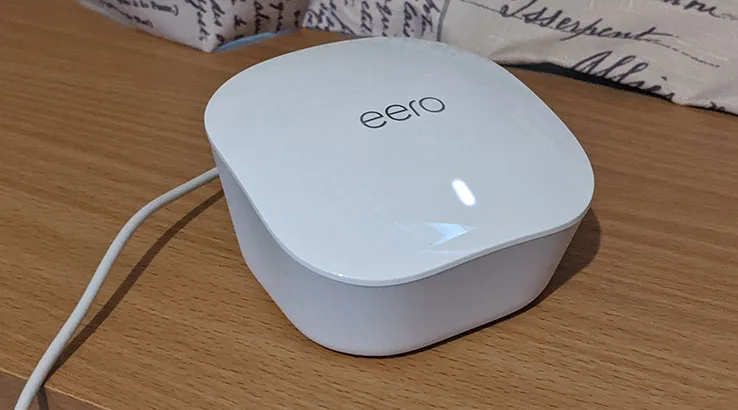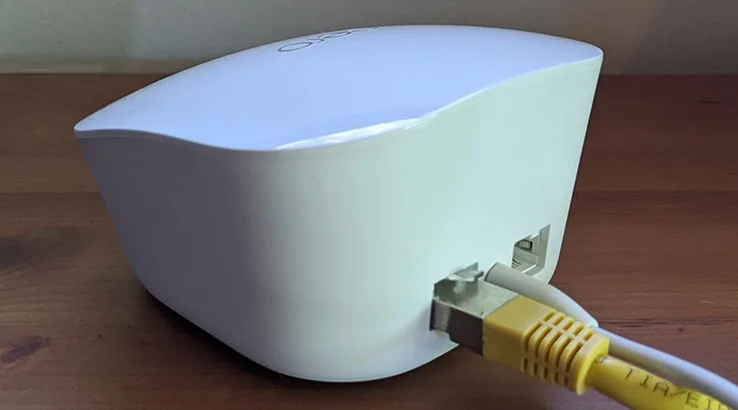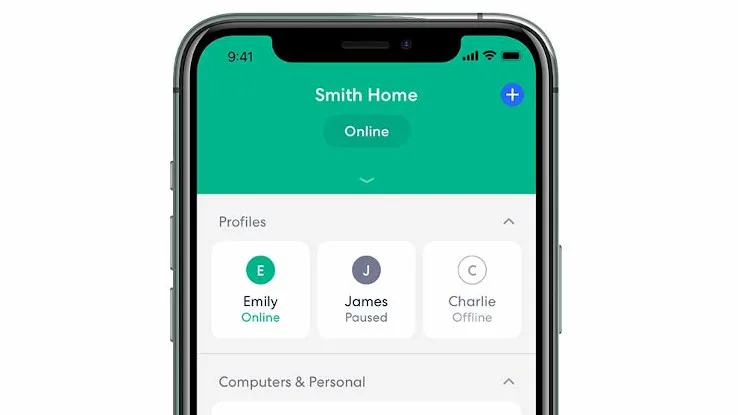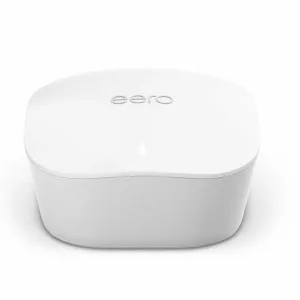Amazon eero mesh WiFi review
Summary
Quick Verdict: If you're looking for an affordable mesh Wi-Fi system with exceptional range and easy setup, look no further than the Amazon's eero mesh WiFi.
- Easy guided installation
- Excellent data throughput
- Dual Ethernet ports
- Dual channel only
- No Wi-Fi 6
- No inbuilt Alexa or browser interface
eero was at one time its own networking company before being gobbled up and becoming part of the massive Amazon empire. The eero mesh system as it's sold in Australia isn't the company's fastest or most technically proficient system, but it provides a rock-solid and surprisingly fast mesh system that's very easy to set up. For most consumer needs, that's all you want out of a mesh networking system.
Looking for the latest model? Here's our review of the truly excellent Amazon Eero 6 Pro.
Design
Design
- Very plain node design
- USB-C power
- Dual Ethernet ports on every node

Installation
Installation
- Simple app-led installation
- Can't configure nodes in dead spots
- No browser interface
- Firmware updates can take time

Performance
Performance
- Lacks Wi-Fi 6
- Maximum 550Mbps throughput
- Despite that, excellent coverage and speed

Should you buy the Amazon eero mesh WiFi?
- Buy it if you want a simple and reliable mesh system at a fair price
- Don't buy it if you want web configuration or have a 1Gbps NBN connection
The Amazon eero mesh system, like most mesh systems, isn't "cheap" by router standards, but it's certainly on the lower price scale for mesh systems. That's reflected in some of its technical limitations, but not in its real-world performance, which is well above what I've seen to date for dual-band Wi-Fi 5 systems. Its exceptional throughput in that category makes the Amazon eero mesh system an easy recommendation.
Pricing and availability
Amazon sells the Amazon eero mesh system in a three-pack as tested for $429. Individual eero mesh points are available for $199 each, and at the time of writing, Amazon was selling two of them for $299 if that would meet your needs.
Price
From $199Where to buy
Specifications
Build
Connectivity
Features
More Finder reviews
- Apple HomePod 2nd Gen review: Yes, it’s better
- Creality Ender-3 S1 Pro Review: Plenty of creative potential, but you’ll need patience too
- Apple Mac Mini M2 Pro review: A tale of two computers
- Apple MacBook Pro M2 Max 16-inch review: Next-level power
- HTC Vive XR Elite: Is this the perfect mix of Flow and Pro?
